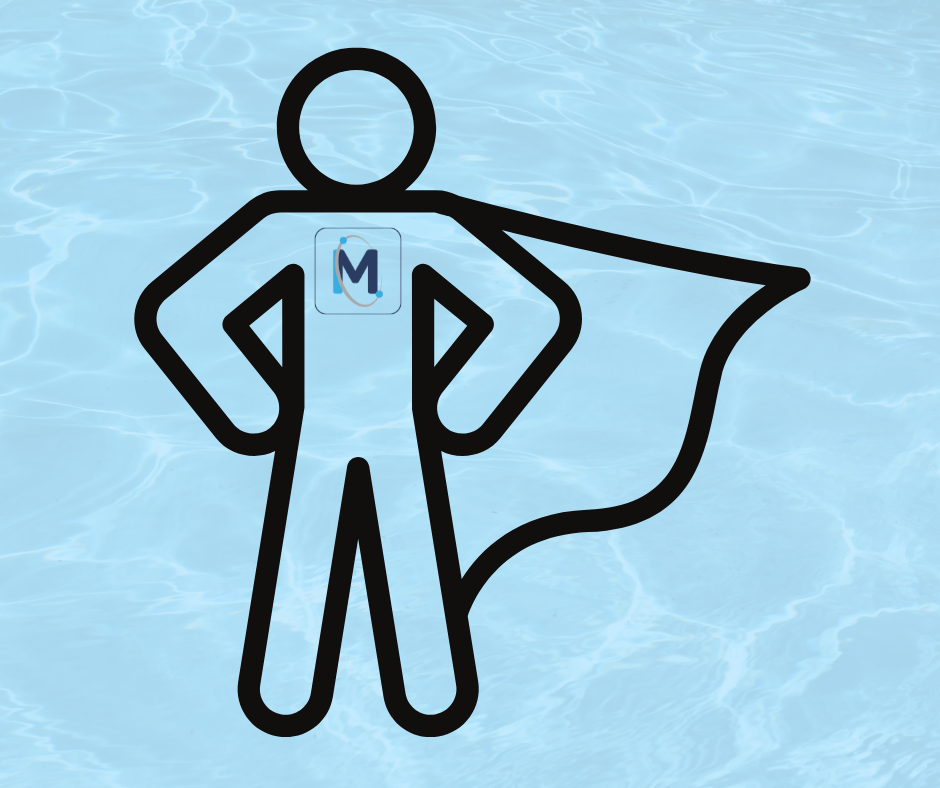Not all heroes wear capes, as the saying goes, but they often take a bad situation and turn it into a good one.
How do you take a company with wastewater that does not have access to local discharge and turn the facility into a zero-liquid discharge environment?
This is a challenge, but not one that frightens Membrion. No stranger to the metal wastewater environment, Membrion is committed to developing sustainable solutions for the safe management of wastewater. Reports of toxic environmental discharge are all too common these days. Without safe management, metal wastewater is both an extreme hazard to the environment and a health risk to human and animal life. Membrion’s CeramIX®️ desalination membranes were recently implemented for this purpose in a successful pilot for managing metal wastewater that yielded a recovery rate of 96% – a previously unheard-of recovery rate. Here’s how we got there, why it matters, and the impressive reduction in evaporation costs.
This successful pilot arose to meet a wastewater discharge challenge of a customer. The customer would not have access to local discharge of a metal plating wastewater produced at a greenfield facility. Since there was no local access for wastewater discharge, the customer had to treat all their wastewater onsite to reach zero liquid discharge which required the use of a thermal evaporator/crystallizer.
Prior to piloting, Membrion worked with the customer to determine their treatment goals and any economic sensitivities of the project. The electro-ceramic desalination (ECD) pilot occurred at the customer’s existing facility treating a slip stream of a similar wastewater. The feed water for the pilot was the effluent from a chemical precipitation process leverage to remove most of the heavy metals. Membrion was tasked with removing the rest of the metals while maximizing the water recovery.
Membrion has a unique, patented Electro-Ceramic Desalination technology (ECD) that was used to electro-desalinate the wastewater generated at this facility. During the pilot, the data demonstrated that Membrion’s technology met treatment specs by removing 89% of the incoming total dissolved solids (TDS) at a very high recovery rate that reached 96%.
This high recovery rate is very important to the customer because it has a direct effect on the costs of the final downstream thermal disposal process. The lower the volume of the brine generated from the process, the smaller the thermal evaporation equipment can be, which results in a lower capital expenditure (CAPEX) and reduces operating expenses (OPEX).
The utilization of Membrion’s ECD technology now allows the customer to treat and reuse the electroplating wastewater in their operations by removing the bulk of the ionic species from the stream and conditioning it for a final polishing step through a reverse osmosis system. The small volume of brine generated from the ECD system will be directed to a thermal evaporation step to complete the cycle of the zero liquid discharge.
Membrion’s pilot was successfully able to demonstrate the removal of 89% of the incoming TDS at a very high recovery rate reaching 96%. This allowed the customer to economically implement a zero liquid discharge process at their facility. The projected reduction in capital cost is $250,000 with projected OPEX savings of $280,000 per annum. Membrion’s guidance and technology enabled a sustainable wastewater solution.
Now that’s hero status to us.

